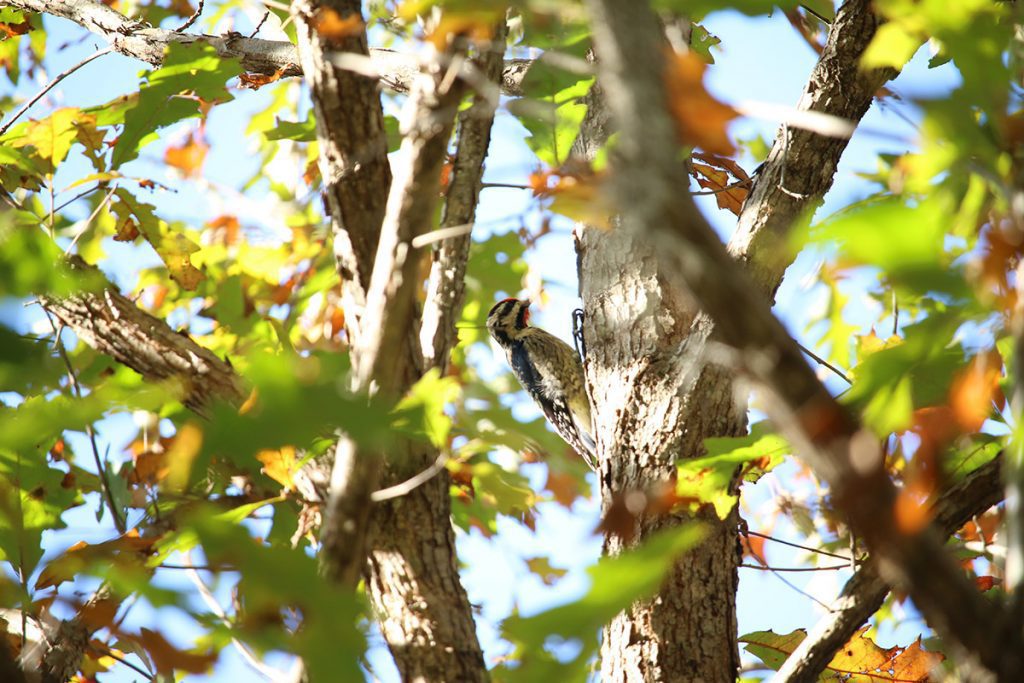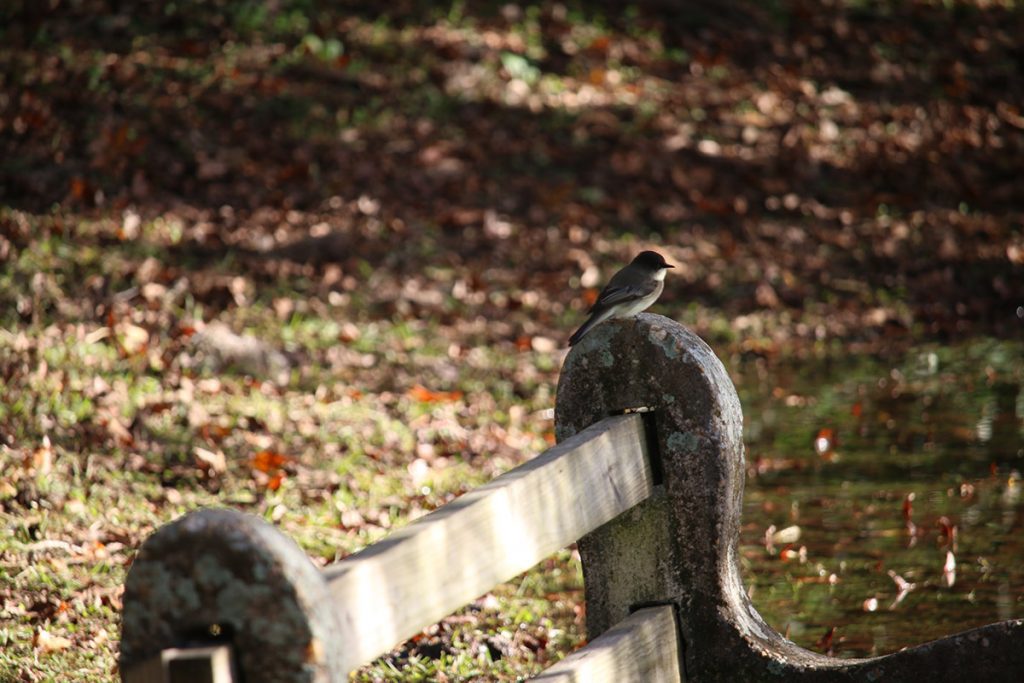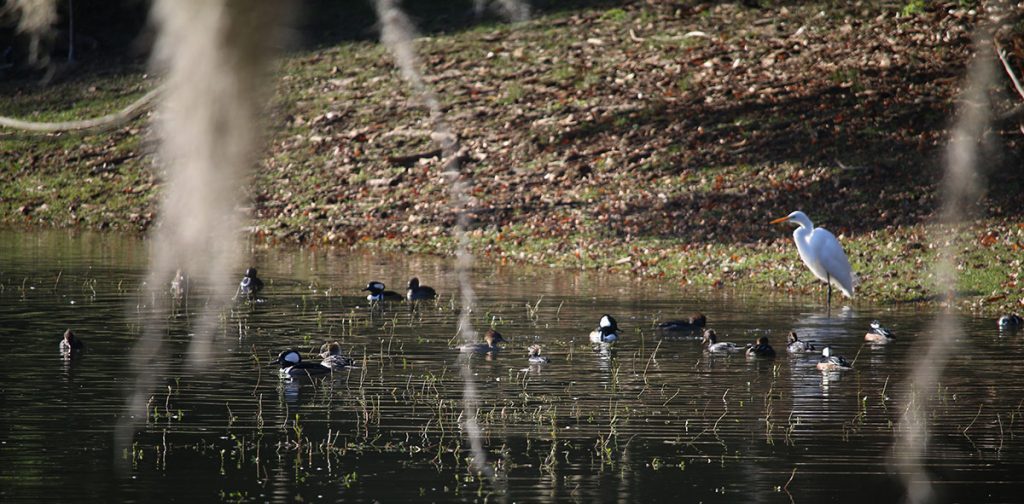I’ve been seeing photos of white pelicans in other ponds around Tallahassee this winter. In person, I’ve seen them in places you’d expect a flock of large migratory birds. Off of Saint Vincent Island. In Upper Lake Lafayette.
But in Tallahassee’s urban ponds? Yeah, that makes sense, actually.
It might be that we’re surrounded by conservation land. Having a large destination for migratory birds (St. Marks Refuge) to the south of us definitely helps. But it seems like every retention pond by the side of the road is stocked with birds. It distracts me when I’m driving sometimes. Even ditches have the occasional wood stork foraging in their murky runoff.
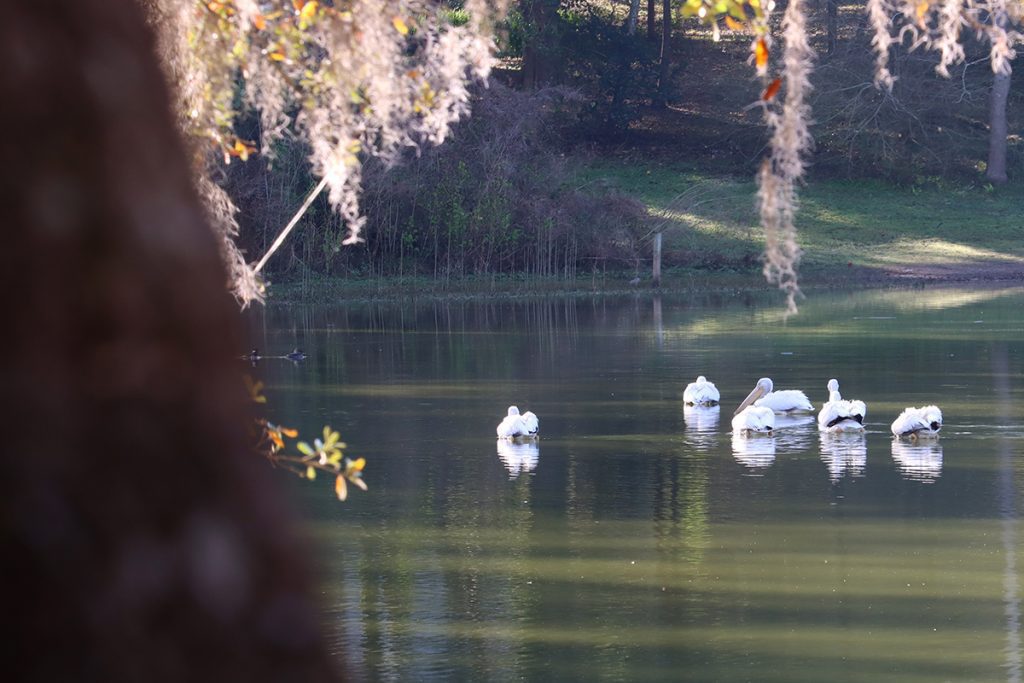
During the winter months, another migratory species makes its home in Dr. Charles L. Evans Pond. I only saw a few hooded mergansers today. Every year at this time, we go from a few dozen of the ducks to a handful. This is when wood ducks start returning; in the spring they start nesting around the pond.
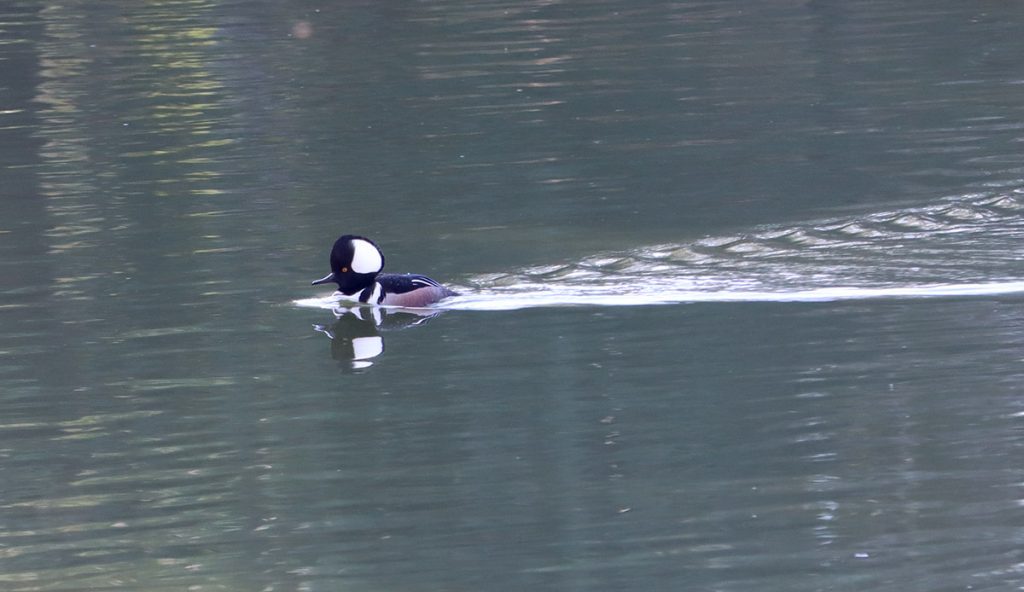
The pelicans swam in a huddle around the pond, stopping to pick at the vegetation at the edge.
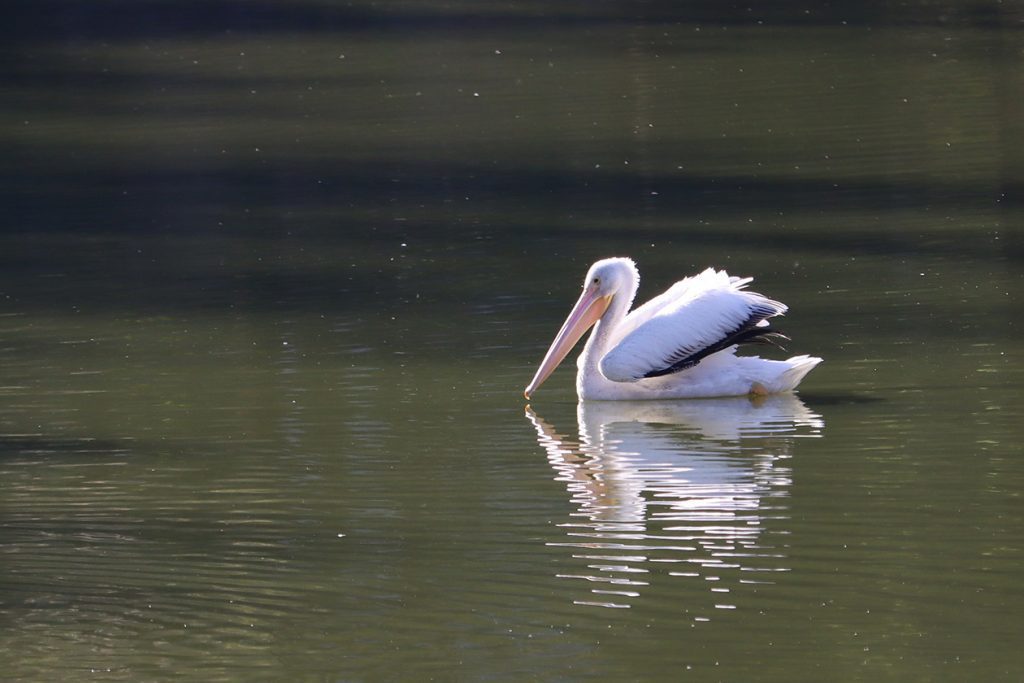
This is the first time I’ve seen white pelicans in this pond, but it’s not uncommon for them to visit parks in town. I’ve also seen loons make day-stops here and nearby at Cascades Park.
This has been a favorite birding spot of mine since… well, since I started birding.
I’ve learned a lot about birds here over the years. The day my younger son was born (he’s a Christmas baby), my father-in-law gave me binoculars and a bird guide.
I’d been working on the Ecology Blog for a few years at that point, with a heavy focus on marine biology. But whether out on the coast or here in town, I noticed our diversity of birds and wanted to know more.
I’d drop off my older son Max at preschool, and infant Xavi and I would come here for a little while. Here I learned about some of the common wading and aquatic birds in town. In the trees around the pond, I’ve seen other winter migrants like yellow bellied sapsuckers and cedar waxwings. It’s never a bad place to stop for a few moments to see what’s around.
